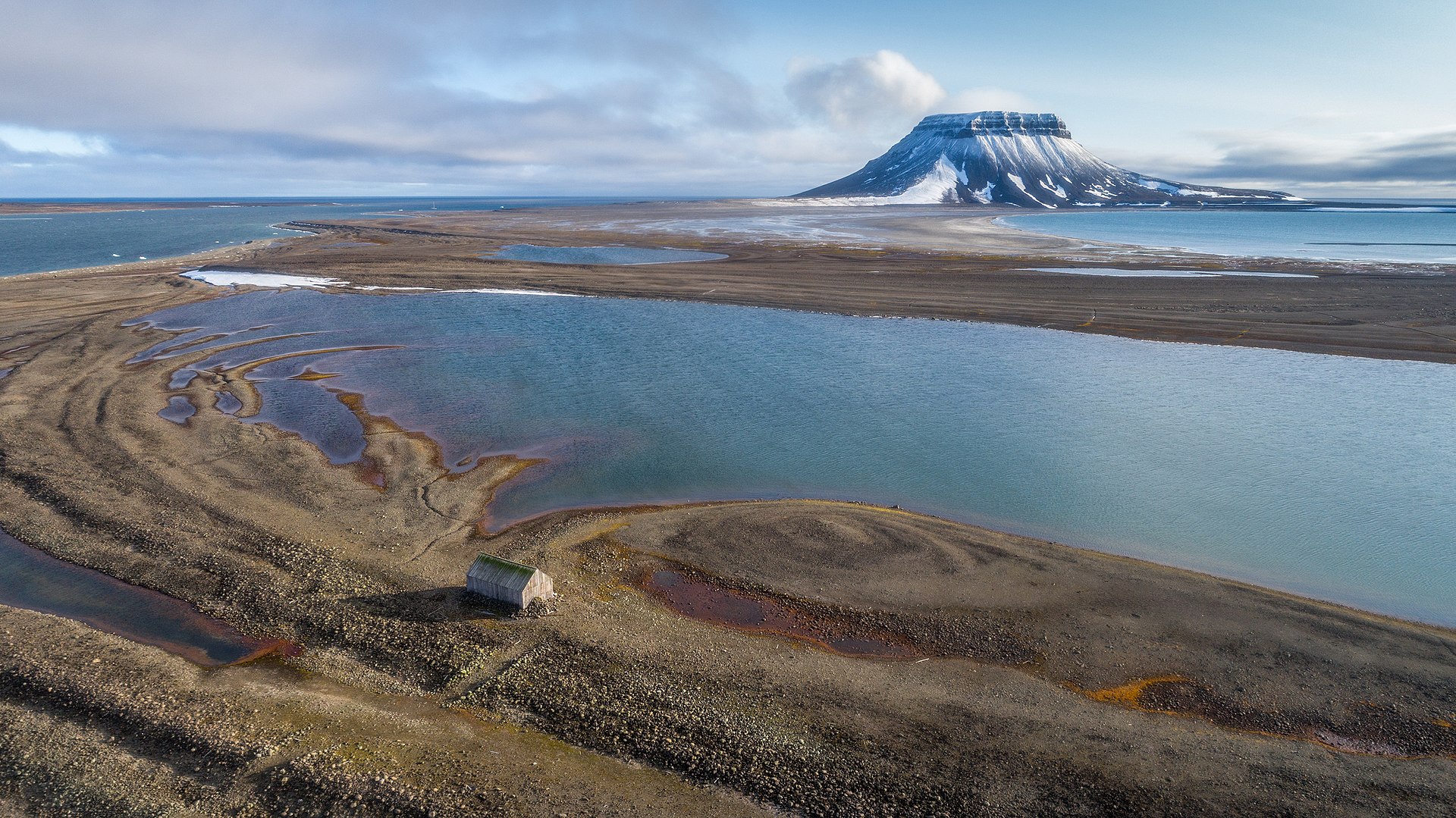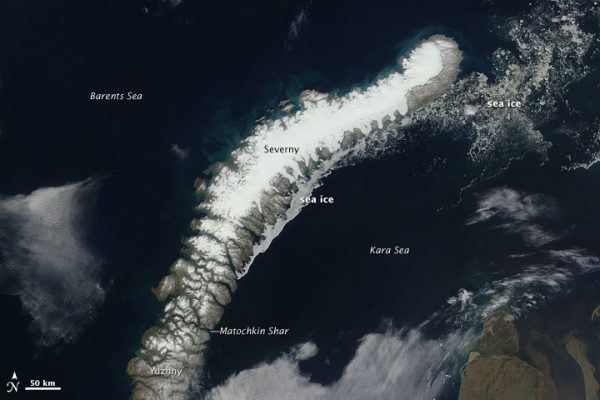Five Islands Appear In Arctic: Melting Ice Reveals Lands Not Seen Before

Arctic: news: If there is one subject on which geologists and scientists around the world agree, it is that the Earth is an ever changing, ever evolving place that never remains the same.
Throughout its history, the Earth has undergone everything from Ice Ages to volcanic eruptions, and each time it does the landscape shifts, bringing new insights into what lies beneath the planet’s surface.
A perfect example of these surprising, ever present shifts occurred in Russia four years ago.
In 2016, a geology student there noticed something she’d never seen before — land masses, islands, really, on satellite images that had not been there earlier.
However, it was only last August when the Russian Navy confirmed existence of five islands in Vize Bay, in the Arctic.
In October of 2019, a team from the Northern Fleet Hydrographic Service undertook an expedition to survey the islands, and reported to news website sciencealert.com that, although they are relatively new, there is already life flourishing there in the form of plants and algae.

The islands are visible now because, as the earth warms, ice in the north Arctic is receding.
However, according to captain first class Alexei Kornis, leader of the team of researchers, whether the islands will remain for longer than perhaps another decade, he said is impossible to determine that at the moment.
“Today it is difficult to reach any conclusions about their importance or life span,” Kornis replied, when asked whether these new land masses will endure.
“Island” is almost too grand a term for some of the five, which Kornis described as tiny. One, however, measures 54,000 square metres, which is a significant size; that is the one where he saw plants and other life forms.
Kornis confirmed that he also saw evidence of larger life forms in the brand new ecosystem, including birds and the leftover remains of a seal that had been killed and eaten by a bear. “…If all this manages to take root,” he mused, “the Arctic islands will survive.”
Also, he said, chances of their survival are improved because of their location, being “well sheltered,” as Kornis described the bay.
Although their future may be in some doubt, the reason they have appeared is not, Kornis said. Polar regions are melting because of global warming, and consequently, more and more areas of land like these islands are becoming apparent.
“These islands,” Kornis continued, “were formed from landslide material,” he told sciencealert.com. “When a glacier recedes, it crushes everything underneath.”
He is hopeful that, eventually, a team of scientists will be assigned to study the islands in the Arctic thoroughly, just in case they do start vanishing again.
“It would be useful,” he explained, “if someone (could) undertake to observe how islands like these emerge and evolve, as this research is likely to provide scientists with clues to the origins of life on Earth.”
These islands are fairly new, the scientist said, but they are certainly not the sole part of the Russian Arctic that is shifting because of warming temperatures.
In March of 2019, the Siberian Times reported that one island, known as Pearl Island, completely vanished when a glacier melted and covered it.
In a 2016 report Kornis did for the Russian government, he cautioned, “Glaciers of Novaya Zemlya (in the Arctic) retreated by two to five kilometres and continue to disappear; as a result of (global) warming, islands continue to disappear.”
Clearly, the polar north is one of the Earth’s regions that is experiencing warming temperatures most acutely and, perhaps, most negatively.
Thawing Permafrost Could See Anthrax & Prehistoric Diseases Return
The difficult question facing scientists now is whether these changes will occur without damaging the Earth too badly, the north in particular.
